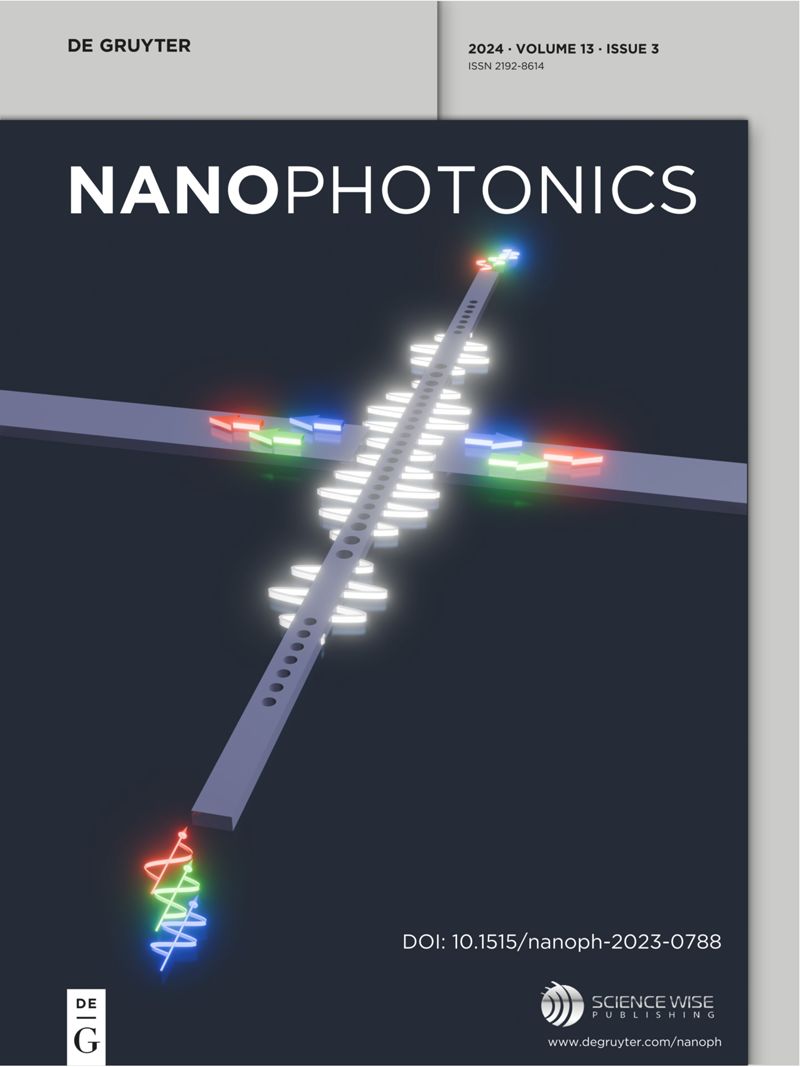Data-efficient prediction of OLED optical properties enabled by transfer learning
IF 6.5
2区 物理与天体物理
Q1 MATERIALS SCIENCE, MULTIDISCIPLINARY
引用次数: 0
Abstract
It has long been desired to enable global structural optimization of organic light-emitting diodes (OLEDs) for maximal light extraction. The most critical obstacles to achieving this goal are time-consuming optical simulations and discrepancies between simulation and experiment. In this work, by leveraging transfer learning, we demonstrate that fast and reliable prediction of OLED optical properties is possible with several times higher data efficiency compared to previously demonstrated surrogate solvers based on artificial neural networks. Once a neural network is trained for a base OLED structure, it can be transferred to predict the properties of modified structures with additional layers with a relatively small number of additional training samples. Moreover, we demonstrate that, with only a few tenths of experimental data sets, a neural network can be trained to accurately predict experimental measurements of OLEDs, which often differ from simulation results due to fabrication and measurement errors. This is enabled by transferring a pre-trained network, built with a large amount of simulated data, to a new network capable of correcting systematic errors in experiment. Our work proposes a practical approach to designing and optimizing OLED structures with a large number of design parameters to achieve high optical efficiency.求助全文
约1分钟内获得全文
求助全文
来源期刊

Nanophotonics
NANOSCIENCE & NANOTECHNOLOGY-MATERIALS SCIENCE, MULTIDISCIPLINARY
CiteScore
13.50
自引率
6.70%
发文量
358
审稿时长
7 weeks
期刊介绍:
Nanophotonics, published in collaboration with Sciencewise, is a prestigious journal that showcases recent international research results, notable advancements in the field, and innovative applications. It is regarded as one of the leading publications in the realm of nanophotonics and encompasses a range of article types including research articles, selectively invited reviews, letters, and perspectives.
The journal specifically delves into the study of photon interaction with nano-structures, such as carbon nano-tubes, nano metal particles, nano crystals, semiconductor nano dots, photonic crystals, tissue, and DNA. It offers comprehensive coverage of the most up-to-date discoveries, making it an essential resource for physicists, engineers, and material scientists.
 求助内容:
求助内容: 应助结果提醒方式:
应助结果提醒方式:


